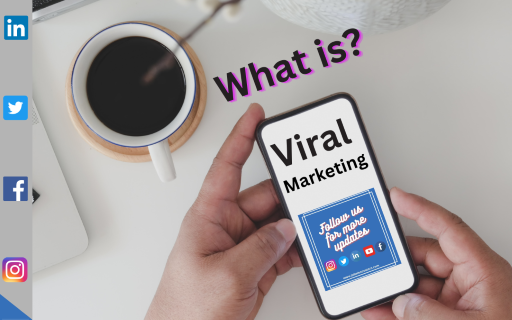Aman Gupta Wins Big at National Creator Awards!
March 8th, 2024: Big award for Aman Gupta! India’s Prime Minister, Narendra Modi, gave him a special “Celebrity Creator of the Year” award at a fancy ceremony in Delhi. This is a big deal because… Aman Gupta Wins Big at National Creator Awards!









